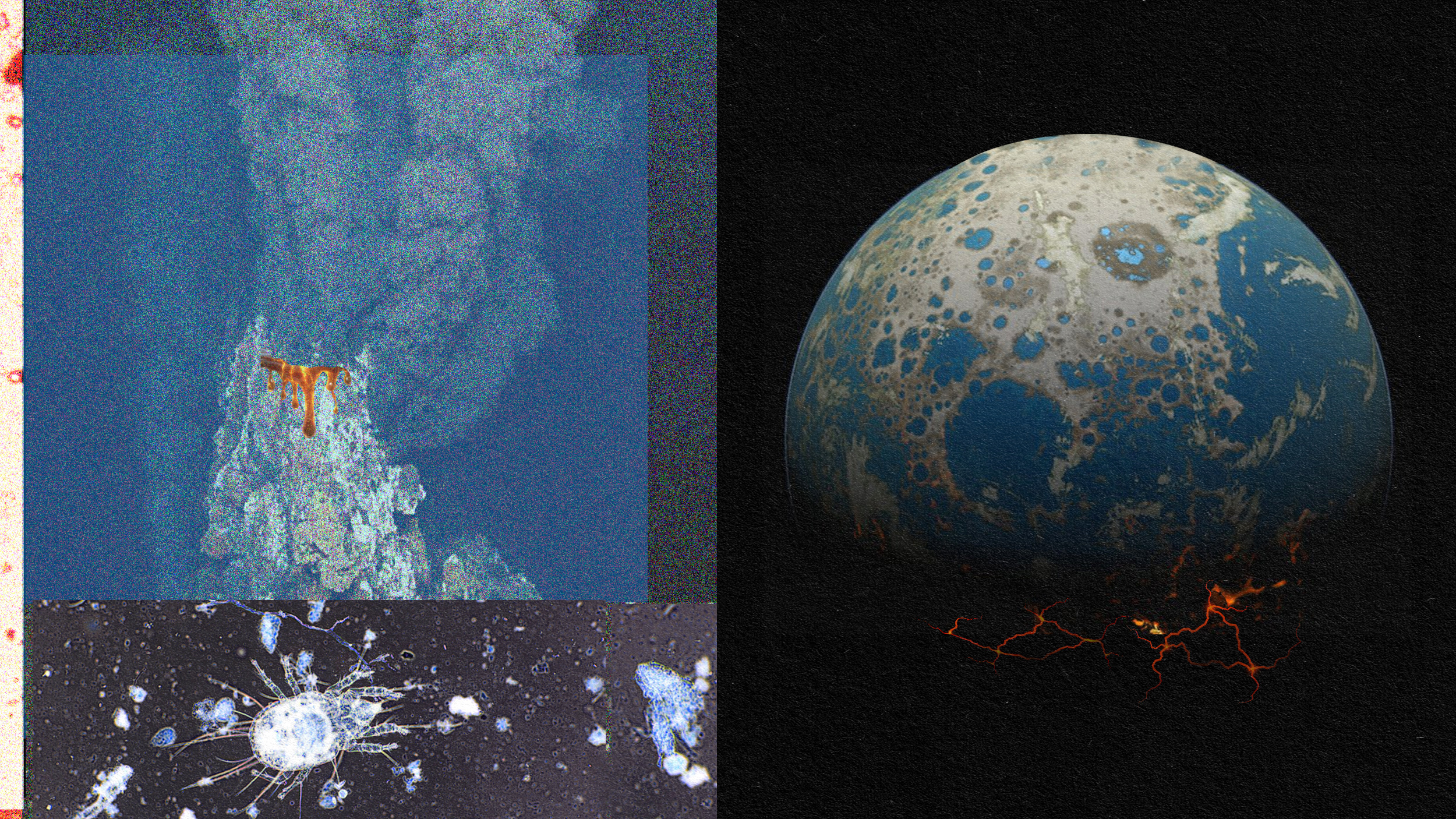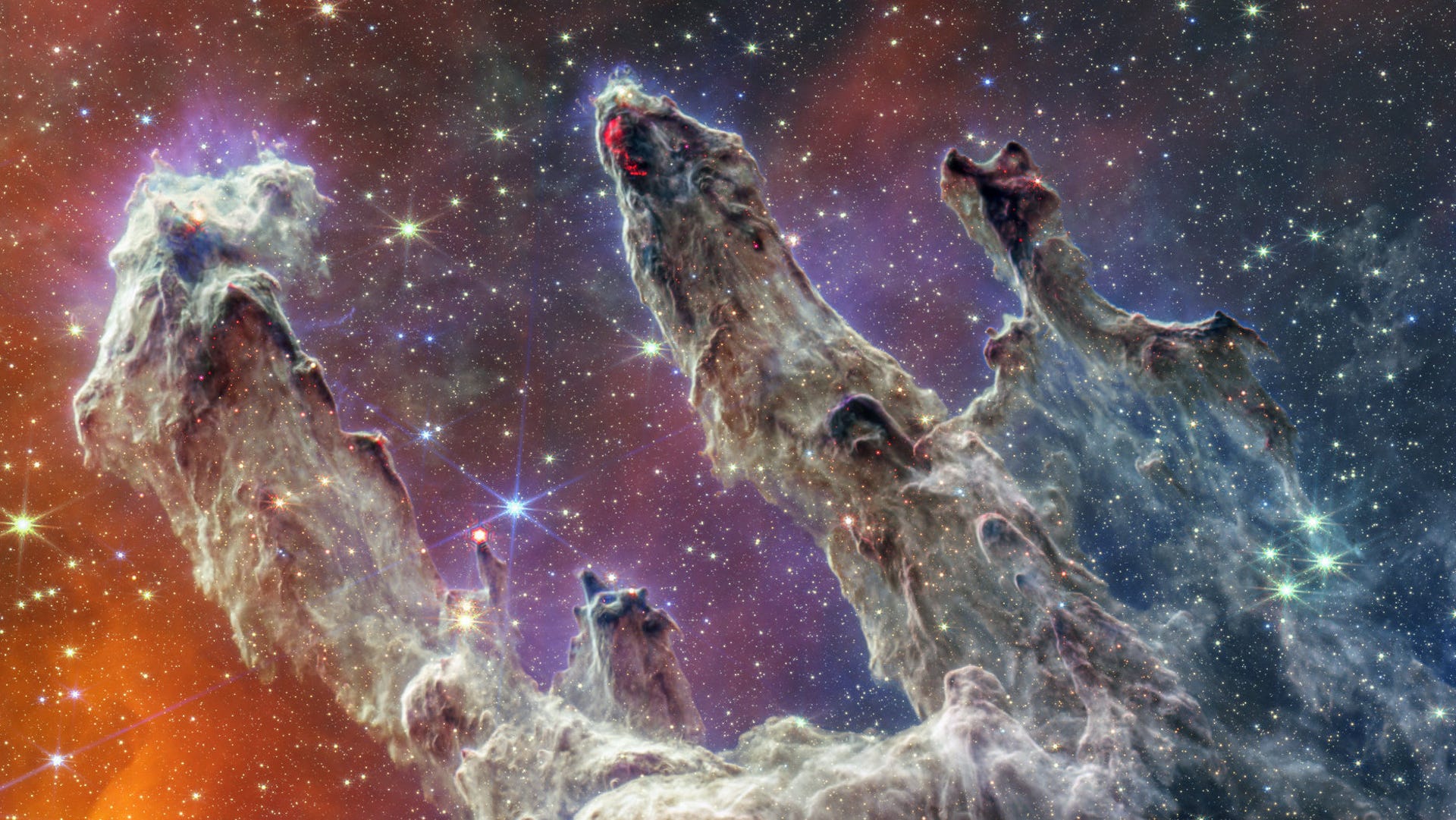Exploding Stars Helped Life Thrive on Earth

What’s the Latest Development?
A new study out of Denmark suggests that the proximity of supernovae explosions to our solar system has greatly affected the success of life on Earth. Looking at how frequently the sun encountered open star clusters as it moved through a spiral arm in the Milky Way, Henrik Svensmark, a professor at the Technical University of Denmark, found that the variety of life on Earth has been most plentiful when supernovae explosions occurred nearby. “The biosphere seems to contain a reflection of the sky, in that the evolution of life mirrors the evolution of the Galaxy,” he said.
What’s the Big Idea?
High supernovae rates have been associated with colder climates throughout Earth’s geological history, which are thought to bring “a greater variety of habitats between polar and equatorial regions, while the associated stresses of life prevent the ecosystems becoming too set in their ways.” When stars go supernovae, the explosions release highly charged particles known as galactic cosmic rays which are strong enough to have a direct impact on Earth’s atmosphere. The study’s data also show a strong link between cosmic rays and climate variation, which heavily influences biological diversity.
Photo credit: Shutterstock.com





